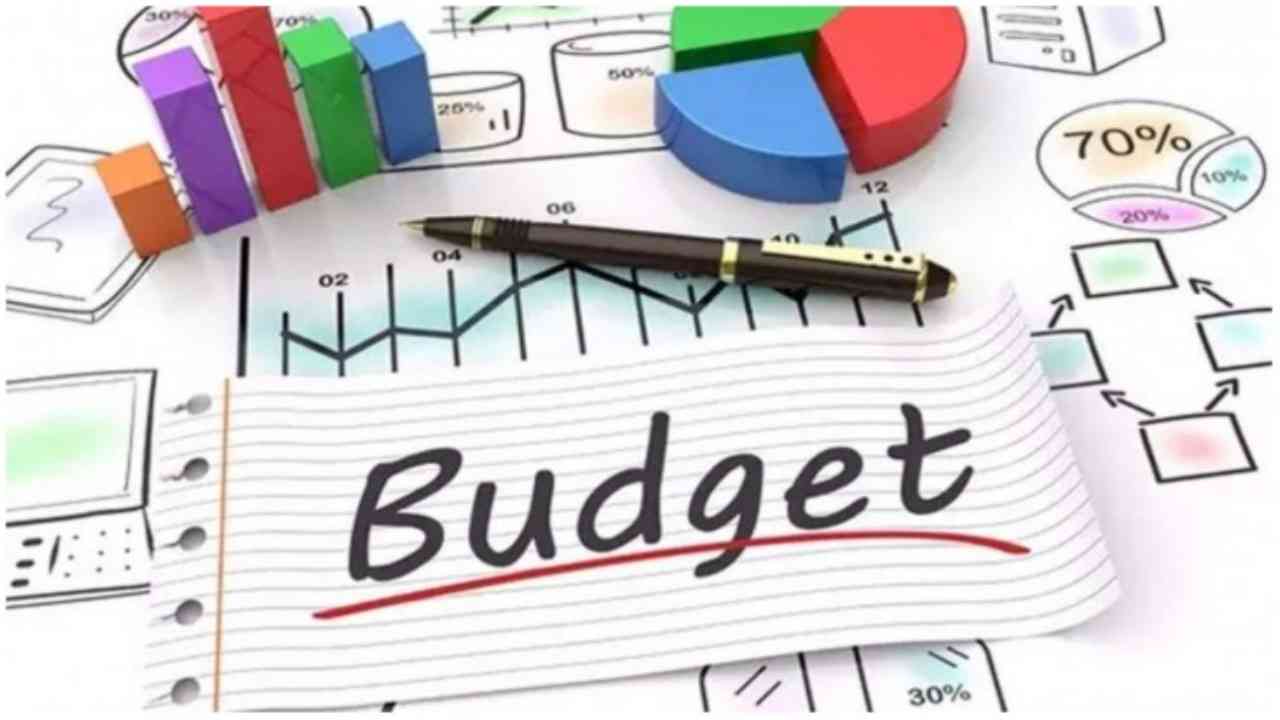Interim Budget 2024: Next month, Union Finance Minister Nirmala Sitharaman will deliver her sixth budget of the year. However, unlike last year, there won’t be a complete budget this year. When there isn’t enough time to deliver a full budget or when elections are scheduled for the same year, the ruling government in Parliament presents the Interim Budget. The new government will be in charge of creating the entire budget.
The budget document is created through a drawn-out procedure that begins nearly half a year before the finance minister presents it to the Lok Sabha. The Annual Finance Statement (AFS), the Demand for Grants (DG), and the Finance Bill are among the 14 documents that make up the main Budget file.
In addition, the main document has explanatory statements linked to it. These include the following: Budget at a Glance, Expense Budget, Receipt Budget, Expenditure Profile, Memorandum Outlining the Finance Bill Provisions, and Output Outcome Monitoring Framework. The Finance Minister now presents a paperless Green Budget instead of the previous one, which was printed in the North Block.
How the Budget is Put Together
Budget Circular:
The Finance Ministry states that the release of a Budget Circular marks the start of the budget-making process. This usually happens in August or September, when the circular is sent to several ministries and signed by the Joint Secretary of the Finance Ministry’s Budget division.
Pre-budget circulars are often sent out earlier than usual to financial advisors and officials of other ministries. Data collection for updated estimates of the current year (FY23) and budget estimates for FY24 was done last year.
Ministries and spending:
Ministries assemble reports on their spending for the current fiscal year and lay out their plans for the next financial year, including schemes, programs, capital expenditures, and administrative costs, following the release of the budget circular.
Officials from the departments of Expenditure and Economic Affairs meet with representatives from union territories, ministries, agencies, and central governments once the circulars are distributed. Ministries provide preliminary estimates for both plan and non-plan expenses to start the process. The purpose of these meetings is to allocate budget estimates for FY25 and establish revised estimates for FY24.
Phase of planning:
The ministries review their expected expenditures with the Niti Ayog prior to delivering their expectations and estimates. These costs cover things like infrastructure, education, energy production, and other pertinent fields.
The ministries’ financial advisors then go over the non-plan expenses, which are mostly the expenses that are scheduled for a given fiscal year. Following careful consideration with the financial advisors, the spending secretary aggregates these numbers to create the budget forecasts for the next fiscal year.
Estimates of the budget:
Officials from the finance ministry assess the anticipated revenue flow for the upcoming fiscal year. Income tax, corporation tax, GST, customs charges, and different cesses are all included in this assessment.
Additionally, the Finance Ministry takes into account the anticipated proceeds from loan repayments and the sale of public sector equity. Additionally taken into account are dividends from the Reserve Bank of India (RBI), state-owned businesses across several industries, and state-owned financial institutions. The revenue secretary receives a thorough estimate of each of these factors.
Reevaluating the information
Top authorities in the Finance Ministry reassess the criteria once the ministries submit their proposals and estimates. Following thorough discussions between the ministries, the Finance Ministry gathers the final data and forwards it to the Finance Ministry.
The Finance Ministry then determines the best amount to borrow to cover the deficit by comparing the estimates of current revenue and expenses to those from the prior year, analyzing the data with the Chief Economic Advisor. Concurrently, the Economic Survey is put together and presented to Parliament one day before to the budget.
Goals for deficit:
The Finance Ministry establishes goals for the fiscal deficit and calculates the total deficit in the budget. If there is any space left, any resulting gap is filled by changing the tax rates. The Center centered the entire process on its fiscal incentives, which are meant to encourage sensible expansion in all areas. If adjustments are required after the original plans, they are made to the spending plan.
Next actions:
After considering all proposals, the Finance Ministry distributes revenues to different ministries in order to pay for future expenses.
Then, in mid-November, the Finance Minister starts having talks with interested parties, business leaders, labor unions, economists, and representatives of social welfare and agricultural. The Finance Minister goes over aggregated income and budget estimates at these discussions.
Last section:
The National Statistical Office publishes preliminary GDP estimates for the current fiscal year in January. The Budget document is then updated with these projections.
It is noteworthy that, notwithstanding the Minister’s personal contributions, the Finance Minister’s budget address before Parliament was co-authored by other individuals.
There are two sections to the speech. The Economic Affairs Secretary primarily wrote Part A, which covers the economy, new plans, and projects.
The Revenue Secretary is the author of Part B, which contains announcements pertaining to money and taxes. The Chief Economic Advisor occasionally provides advice as well.
The Finance Minister and other senior officials attend a customary halwa ceremony in mid-January to kick off the budget after final edits, printing, or paperwork.
The Union Cabinet receives a copy of the final budget draft for approval. When completed, the Finance Minister delivers it to the President on February 1st, the day of the budget. After that, the FM moves on to the Lok Sabha to finally read the budget’s contents there.
















